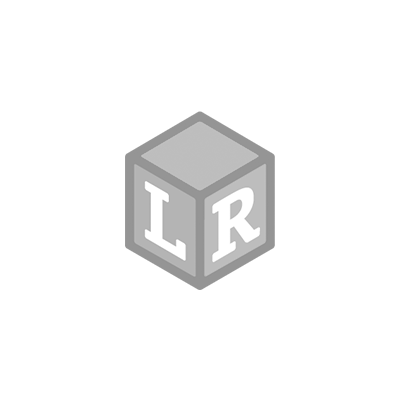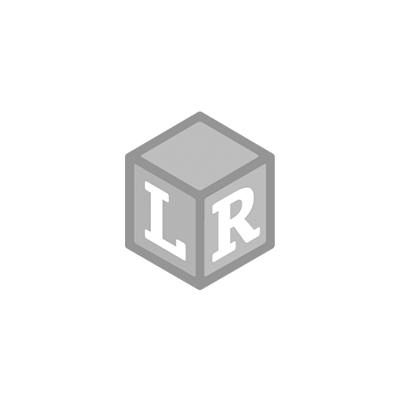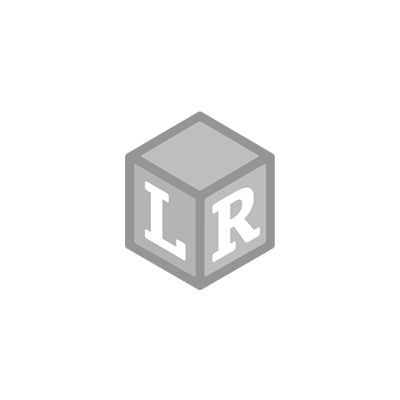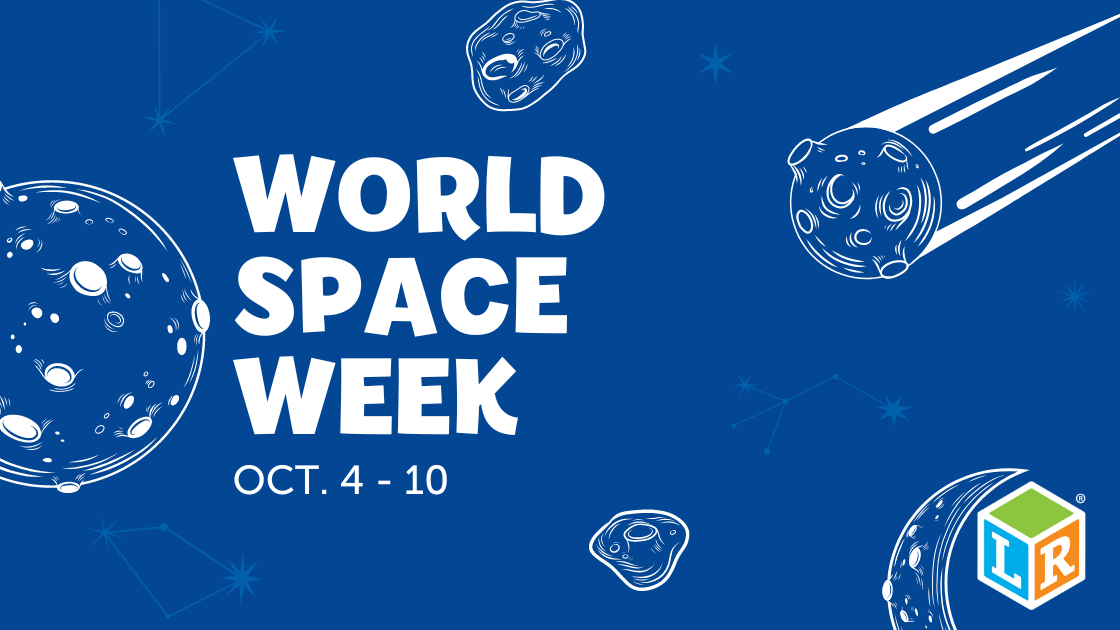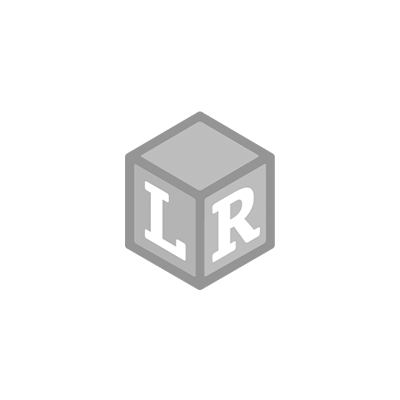
TherapyWorks Expert Series - Soft Foam Emoji Cubes
- Gabrielle Fischer Posted On Jan 29, 2021 | STEM
We teamed up with TherapyWorks for an expert series on products to help children build essential life skills. TherapyWorks helps children thrive by providing high-quality pediatric therapy while making the process easier for parents. Lainey Baron MS, CCC-SLP, used the Soft Foam Emoji Cubes with a client to work on emotions and feelings. These cubes are easy to set up/clean up and can be adapted for any age!
Smile, frown, and feel every emotion in between with these Soft Foam Emoji Cubes from Learning Resources. Based on the imagery of the popular mobile communication icons, this set of dice-style cubes comes with two cubes adorned with different faces meant to represent common feelings and emotions and two cubes filled with prompts and questions designed to get kids talking. These cubes offer plenty of opportunities for fundamental social learning-have kids to roll the question cubes, answer the resulting prompt, or let them roll the emoji cubes and discuss the feelings and emotions behind the faces that come up. The Soft Foam Emoji Cubes are also great for language and vocabulary lessons and can help kids expand their thoughts about and communicate their inner feelings.
Siena (3.5) is working on emotions and expanding her utterances. We rolled the cubes and labeled the emotions while practicing what the emotion looked like in our mirror. Siena also learned new vocabulary such as proud, brave, and frightened. We worked on expanding her language by talking about times she may have felt these different emotions and why (“I felt frightened when I heard a loud noise upstairs”). Siena became upset during our lesson a couple of times, and we immediately were able to reference the emoji cubes to review the emotions we talked about. They are great to have on hand and are so easy to use!
*Between the ages of 3-5, children should start to understand and express their feelings and emotions. Children should also be more sensitive to other’s feelings and are using words to communicate their feelings versus whining. They also can cooperate and problem solve with friends.
 Shop UK Site
Shop UK Site 
